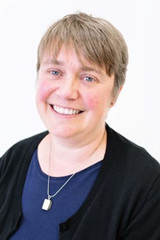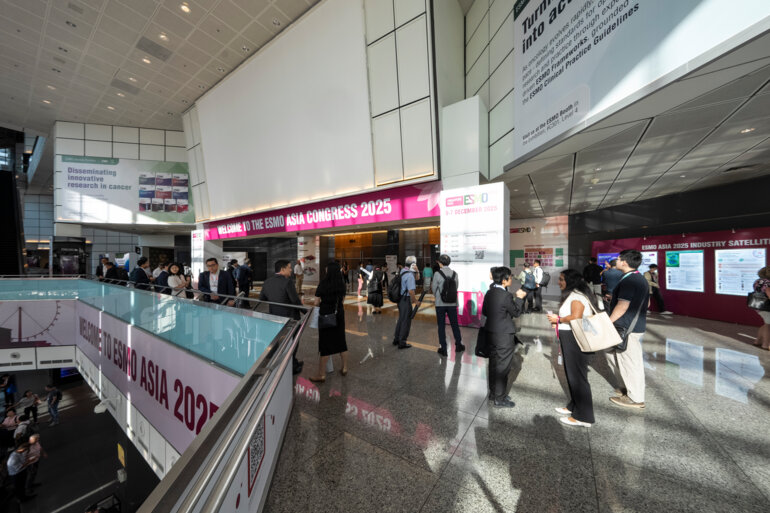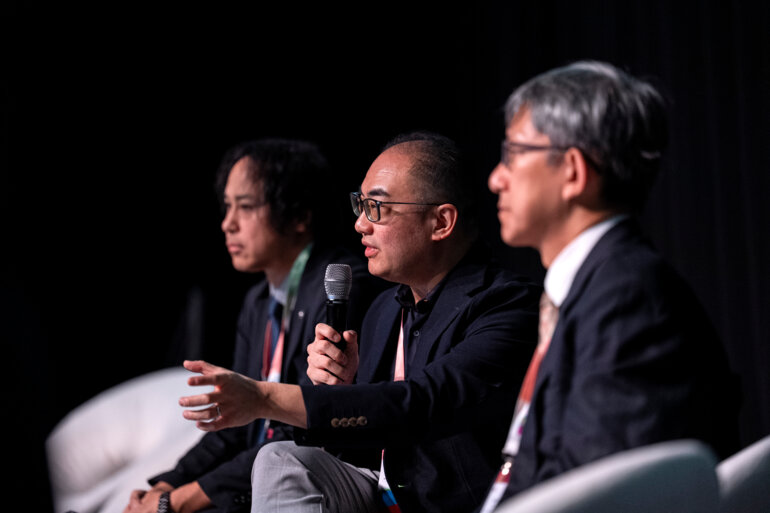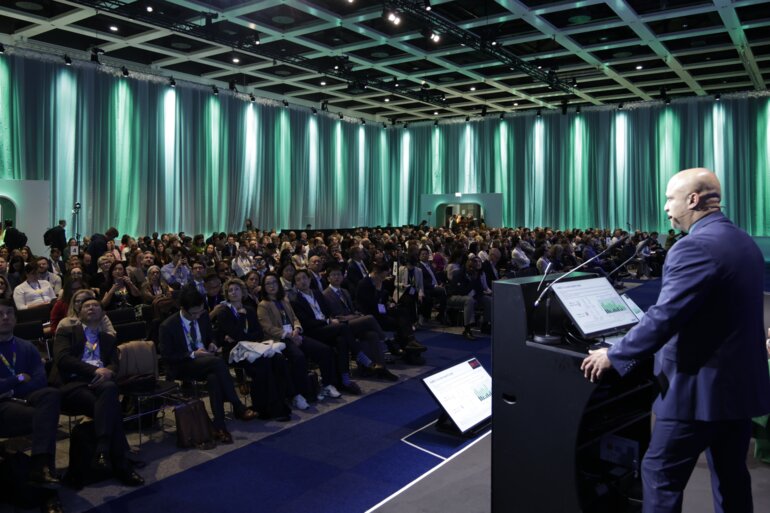This year’s recipient of the TAT Honorary Award Prof. Ruth Plummer, retraces the most significant milestones of her career in early phase studies
At Targeted Anticancer Therapies (TAT) Congress 2021, Prof. Ruth Plummer, recipient of the TAT 2021 Honorary Award for her relentless cancer drug trial activity, discusses what it takes for successful medicines discovery partnerships between academia and industry and explains how sponsored training programmes can support the needs of oncologists wanting to get involved in cancer drug research.
How did you become so involved in early phase cancer drug trials?
I got involved almost by accident when I was appointed as one of two junior fellows in oncology at the Experimental Cancer Medicine Centre (ECMC), Newcastle, UK. One of us needed to cover the work of the early phase clinical trials unit and the other needed to do more of the standard patient care. Fortunately, each of us was attracted to a different role and I found the problem-solving aspects of clinical trials particularly interesting. I also developed a continuing clinical role which focused on melanoma and, at the time, there were few drugs and a great need for melanoma trials.
Twenty years on, the ECMC has grown and moved and, since 2009, it has included a dedicated early phase clinical trials unit established in memory of the leading English footballer, Sir Bobby Robson. Each year, there are 50-60 ongoing Phase 1/2 clinical trials at the centre, making it one of the largest early phase cancer drug trial units in the UK. Today, we can do up to 15 experimental treatments per day for Phase 1 trials, using multiple different drugs across multiple tumour types. We now have many more treatments for melanoma but we continue with melanoma research and it is the only area where I am also involved in Phase 3 clinical trials.
Which developments from your early phase trials do you feel have had the greatest impact in clinical practice?
We treated the first three patients in the world with a PARP inhibitor which was very exciting, and it has been very rewarding to see this whole class of medicines move into clinical practice and benefit patients. More recently, we treated the first patients with an ATR inhibitor so it is gratifying to see the unit recognised as a place to do these very early trials. However, I am most proud of the unit and the fantastically loyal and enthusiastic people who make us a team. We have managed to stay fully open during the COVID-19 lockdowns because the hospital recognises the importance of our work and supports us to continue with our Phase 1 trials.
What lessons did you learn from that first PARP inhibitor research?
Both olaparib and rucaparib came out of very academically driven research – olaparib by researchers at Cambridge University and rucaparib at Newcastle University.
The rucaparib project started in the 1990s with funding from Cancer Research UK (CRUK). This close collaboration between our unit, CRUK and the industry partner who developed the agent led to lasting friendships.
However, it was a bumpy ride with the PARP inhibitors and there were issues with the first agents including disappointing Phase 3 results and problems developing oral formulations. Companies were also starting to focus on other novel types of treatment, such as immunotherapy.
The reality of industry partnerships is that people have to make some difficult decisions as there is not the money to fund every study on every medicine. The PARP inhibitors needed the combination of the academic research and the CRUK and industry funding to get them over the line and into the clinic.
How many drug projects are you involved in and how are they chosen?
Typically, we are actively recruiting patients to 20-30 early phase trials and we also continue to see patients from historic trials, such as some PARP inhibitor studies, which are technically over. It is not just me, I have consultant colleagues but we are currently at capacity and turning down trials, so we are hoping to get additional space and clinicians in order to expand to meet the need.
The nature of the trials we do has evolved into a precision medicine approach whereby we typically do a dose finding study with expanded cohorts according to tumour type and this is why we need oncologists specialising in different cancers to join us.
The majority of our trials are industry-sponsored and this reflects the complexity and cost of the type of studies we are doing. We like to get involved in industry-sponsored trials at an early stage so we can look at the preclinical data and work with our industry colleagues to develop trial protocols, though we also get involved when this preliminary work has been completed. We tend only to work on Phase 2 trials for medicines for which we did the Phase 1 study. As well as industry trials, we work on academic trials with CRUK or the University of Newcastle and we aim for about a quarter of our work to be translational research.
There is not a right or wrong way of working but we do try to balance our trials portfolio so we do not have all our trials in one disease area. We always have a waiting list of patients with all types of cancer so we try to ensure there will be options in our pipeline for as many of them as possible.
What do you look for in industry partners and what do they look for in you?
I am not sure what they look for in us, but I look for people with a passion for science and an interest in making better treatments. As with any partnership, there is a need for mutual respect. We all have different knowledge and skills so it is essential to recognise these things in each other and to establish a friendly working relationship in order to get the best out of people. By getting involved early in a project, we can provide our clinical insights into the development of study protocols. However, there is also a need for pragmatism. Academics naturally want to include extra bits into protocols – we want to add all the bells and whistles! But we have to recognise that these studies are expensive and understand what is realistic.
What training do oncologists need for getting involved in early phase clinical trials?
As a profession, we need to get young clinicians into the laboratories so they feel the buzz of research and understand what it has to offer. As well as academic programmes, bursaries and fellowships for clinicians who are starting out in research, we need to establish a blend of training for those reaching a more senior level. That includes working with industry to understand the practicalities of medicines development, such as formulation and regulatory approvals, and to learn project management skills that will be useful for all aspects of working life.
In the USA, clinicians can take up placements in industry but opportunities are more limited in Europe. At present, oncologists find themselves having to juggle two separate parts of their career running in parallel – their clinical work and their research work. What we need is a blended pathway that brings both of these aspects together and also has the flexibility for clinicians to move in and out of the pathway at different stages of their career.
What are the ingredients of “an academic-industry marriage made in heaven”, as in the title of the keynote lecture at TAT 2021?
As in any marriage, it is about respect and flexibility, but fundamentally, it is about a mutual interest and passion for research.








